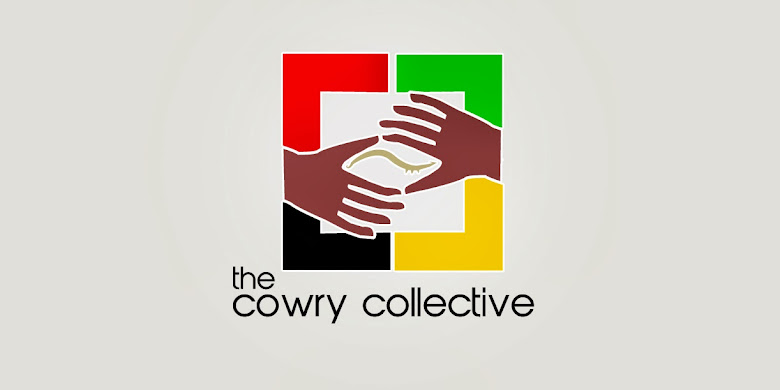
"Our time bank brings people together helping someone in their community. They either made too much money to get services, or they didn't make enough," Perlow said. "There was a huge need in the community where people needed simple, everyday help. Services include transportation, companionship, such as playing cards with someone who is elderly and lonely, home repairs, housekeeping and picking up prescriptions. The Lehigh Valley organization offers 300 services that they list and another 3,000 that are not listed, but are available. The time bank is part of the health network.

Today it boasts more than 750 members and 25 organizational members such as Meals on Wheels and a local theater, she said. In Allentown, the Lehigh Valley Health Network began its Community Exchange TimeBanks nearly 15 years ago, said Kathy Perlow, its membership coordinator. In return, she'd like some green wood to use in her art, Krumins said. She can take old photographic negatives and turn them into digital prints as well as touch up old photos.

"It's a really good idea because there are many things that people can do for each other." You have to be able to accept a gift in return."ĭaina Krumins, a retired legal secretary and an artist from Bartonsville, said she discovered the Monroe County time bank program on the Internet and signed up. The hard part is figuring out what you want to receive in return. "Someone can pull weeds or give an elderly person a ride to a doctor's appointment. We don't place monetary value on services. Members will help other members by using their skills, bank their hours and get services in return based on how many hours they invest. One is Monroe County PA Strong, a time bank anyone from the area can join. Julie Fagan, a Rutgers University professor, recently launched time banks in several states, including Pennsylvania, she said. "(Then President) Reagan was cutting services, and I thought if we can't have old money, why can't we have a new kind? Every community is wealthy even if they don't have money."

He started thinking about time banking after he suffered a heart attack at 44 and felt useless, he said. "We need to create and expand the level of neighbor-to-neighbor and family-to-family assistance." "It is thrilling to see people finding out that human beings need each other," Cahn said in a telephone interview.
HOURWORLD TIMEBANK HOW TO
"His use of 'time dollars' as an economic strategy for addressing social problems is described in his books, 'Time Dollars' (1992) and 'No More Throw-Away People: The Co-production Imperative' (2004), showing how to mobilize a non-market economy that recognizes and rewards reciprocal contributions of service and caring," according to the university's website.

Grace Hill is still going strong today.Įdgar Cahn, a law professor of the University of the District of Columbia, started the Time Dollars project (TimeBanks USA) "in an effort to involve communities in promoting systems of self-help in the late 1980s "¦ the Time Dollars project, a service credit program "¦ has more than 70 communities in the United States, Great Britain and Japan with registered programs (). It "began in America in 1889 with the work of Nobel Peace Prize winner Jane Addams, who founded the Hull House in Chicago, which was modeled after the Toynbee House in England," according to Grace Hill's website. Louis, Mo., in 1903, modeled after the Settlement House Movement. In the U.S., the Grace Hill Settlement House began its community exchange in St. It is believed the first time bank started in Japan by Teruka Mizushima, a poor Japanese woman who began sewing for others after World War II so she could get food and help, Hogan said. The time-banking movement stretches around the globe.


 0 kommentar(er)
0 kommentar(er)
